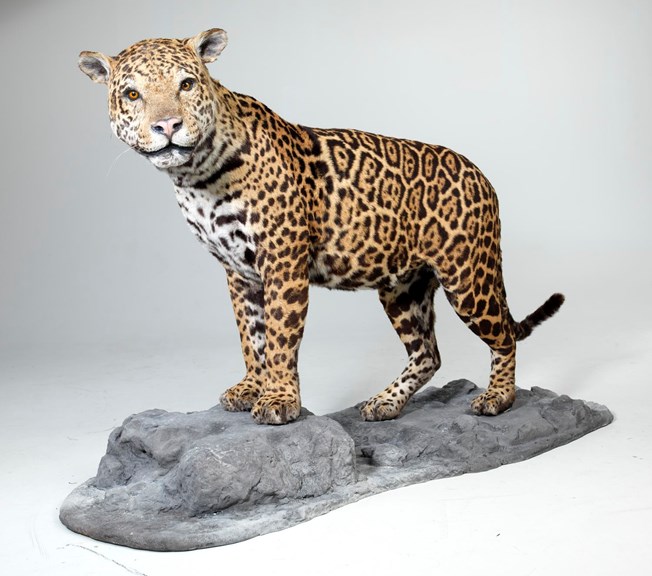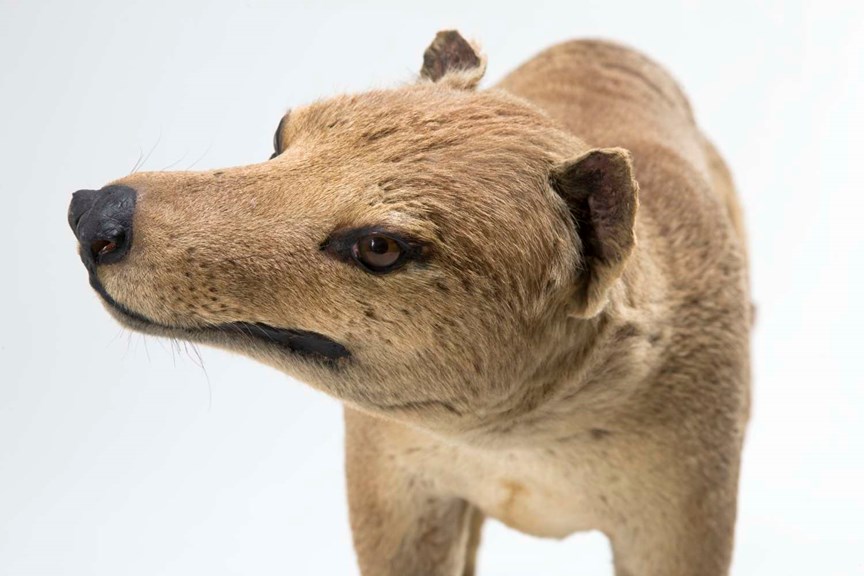Cryptozoology – imagination, science or folklore?
Staff member Wayne Gerdtz discusses growing up in Victoria's Wimmera-Mallee, where there were persistent tales of strange animal sightings which fell outside the realm of science.
Stories of Pumas, Cougars (which are actually the same thing) or other "Big Cats" living in the Grampians, for example, often seeped into school ground conversations.
As a proto-scientist at this stage of my life (reared on Attenborough, How-and-Why books and old issues of National Geographic) I had developed a degree of scepticism to such stories – I knew to keep my 'bulldust detector' switched on but also kept my mouth shut - after all, everybody loves a good campfire story.
My teenaged mind would sometimes wander - so what if, just supposing for a moment, there really were large felines prowling the forests near Wartook in the Grampians, just an hour's drive away?
On nearly every occasion, the story-teller swore that their tale was true – to cast doubt on the validity was regarded as an insult to the story-teller's family, as inevitably they were retelling something a family member had seen. Hence, keeping the mouth shut was a wise option– it was a small town, after all.
In later years, I had need to move a little over a hundred kilometres to the west and found that a similar local story existed near Mt Arapiles – the stalking ground of the infamous "Ozenkadnook Tiger".
By this stage of my life, my bulldust detector was more finely calibrated, and it pinged incessantly in my head when I heard stories on this animal – but was it really a myth? Everyone who spoke of it swore it was true....but empirical scientific evidence – in the form of clear photographs, verified footprints, samples of fur or other remains - were uniformly thin on the ground, so to speak (although a photograph of an indistinct animal did make its way to the front of the local newspaper in the 1960s, and is analysed in some detail here)
As it transpires, almost every region of rural Australia has their own tales of strange animals, complete with oral accounts, familial anecdotes and rich folkloric traditions, from bunyips to big cats to presumed late-surviving megafauna. Whilst great fun, these stories are the realm of cryptozoology – a mix of folklore, imagination and pseudoscience – defined as the study of animals whose existence has not been proven.
As I'm now a fully-realised scientist, my attitude to cryptozoology is uniform – whether it's Nessie, Bigfoot or the Ozenkadnook Tiger, hard evidence is the cornerstone of the scientific process – without empirical evidence, this is sadly pseudoscience.
So, whilst my bulldust detector remains active and fully charged, nobody would be happier than I to be presented with definitive, empirical evidence of these animals. Sightings, family stories and other anecdotal evidence are simply not enough. In the spirit of true science, we remain unmoved until provided with empirical evidence.
In the meantime, sightings and the like can be lodged via the Australian Rare Fauna Research Association. But not us!

